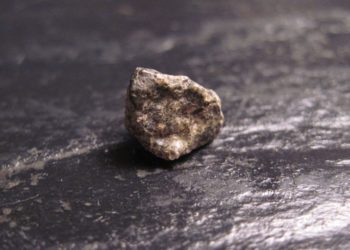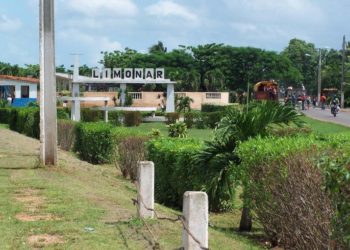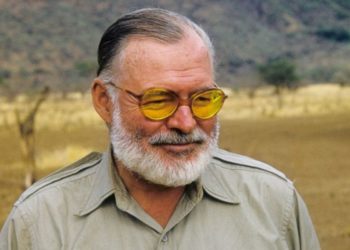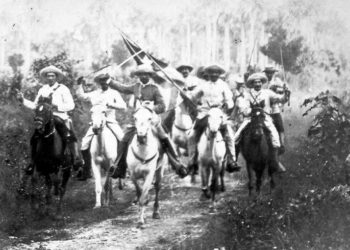Morón’s meteorite
There are reports, reliably confirmed, of the fall of half a dozen meteorites on Cuban territory, almost all of them concentrated in the western part of the island. On June 10, 1994, a meteor fell on Palmarito farm, close to Lajas, in the province of Cienfuegos, and everything took place to the surprise and fright of some farmers who were working the land. Another sighting in February 2013, in the zone of Rodas, also in Cienfuegos, has not been certified since the experts did not find proof of the phenomenon. All these examples, according to sources, have been registered since 1938, but there are other much older reports. Journalist Guillermo Lagarde wrote about a meteorite “of extraordinary brightness and size” that was seen as it fell into the sea, facing Havana, on the night of May 10, 1886, which caused panic among Havana residents and forced Father Benito Viñes of the Belén Observatory to publish a reassuring note in the Diario de la Marina. An event of this type also seems to have been witnessed by the people of Morón almost 20 years before. Historians Federico Naranjo and Rodrigo Aguilar wrote about the surprising event in their article “Notes on...






